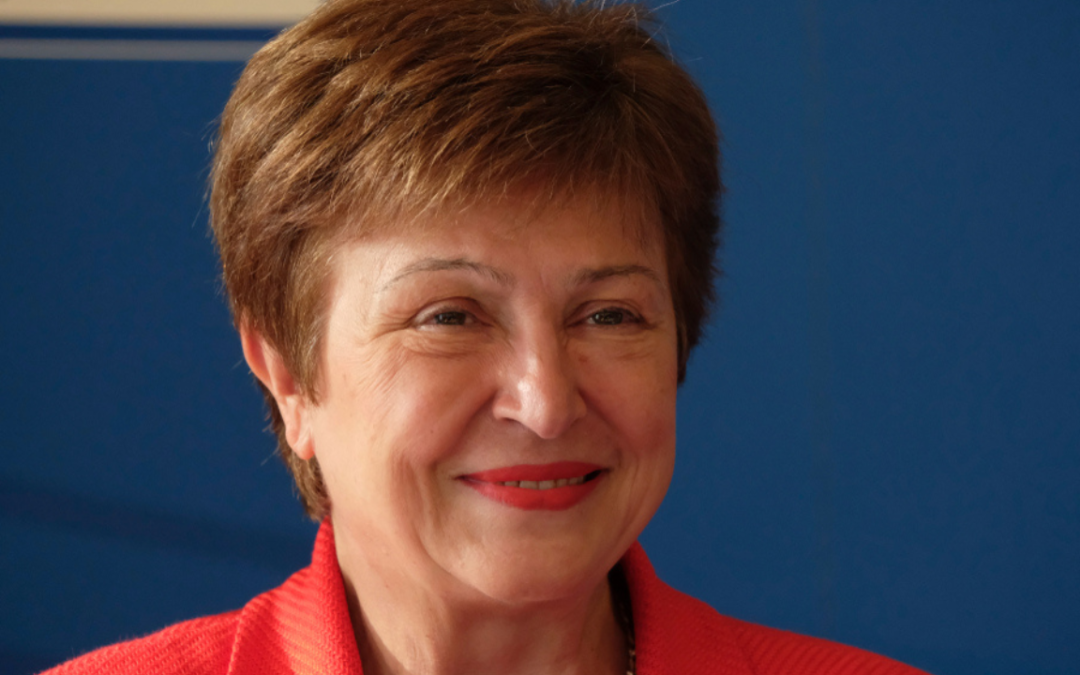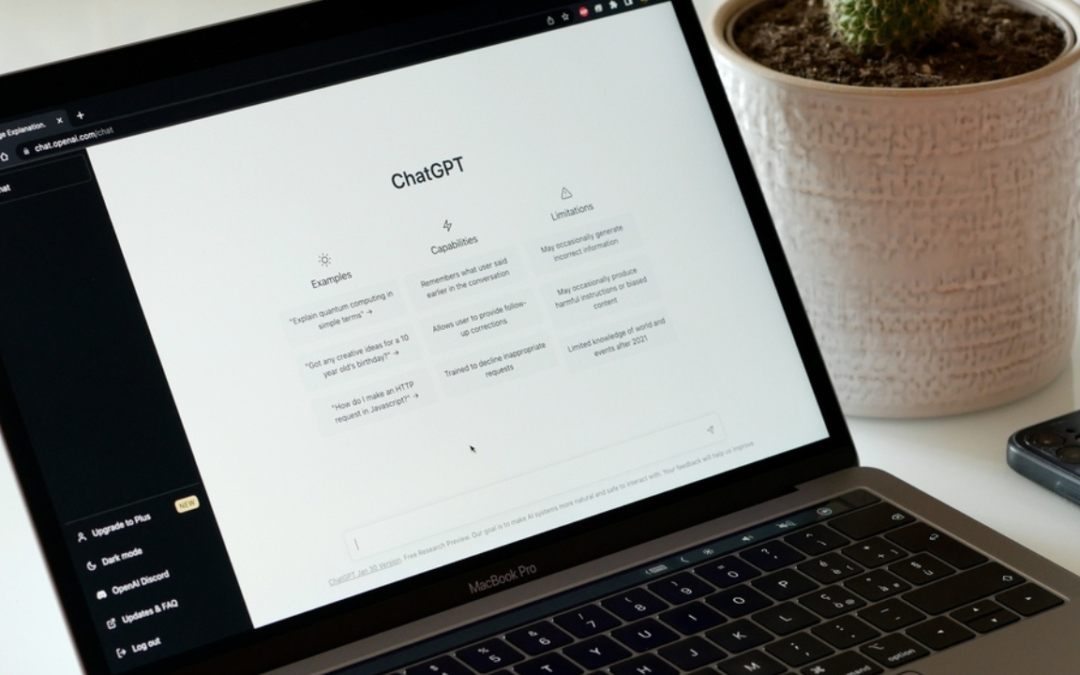When I was a young Marine in Vietnam, during a time of deep internal division in America, about half the country’s people said they trusted their fellow Americans. That was very discouraging. It has gotten worse. According to a recent Brookings Institution study, that number today is less than one-third. Americans’ civic discourse has all but disappeared, giving way to either pessimistic apathy or blind partisanship.
In our national history, when we have faced terrible times of economic hardship, civil discord, and political division, more often than not an external threat brought us back together. Unfortunately, since World War II, there has been nothing to unify us like this. The effects have been clear to all – a fundamental weakening of the bonds that unite us as Americans.
In the past few months, a lot has changed for our country. Through the tragedy of COVID-19, a silver lining has also emerged – it has brought our citizens together again, for the first time in generations. Suddenly, we face a common threat that unites us across age, politics, and even economics. About 30 million Americans have lost their jobs in the last month, and over 68,000 have lost their lives. It will take years to re-build our economy. And almost half of our citizens can’t afford an unexpected $400 expense.
So, it is time to take advantage of this resurgence in our collective identity and institute a new draft to create a national force of young men and women to serve our country’s critical medical and domestic needs, while instilling in them a greater appreciation of our democracy and how it functions. Under my plan, our government would establish a mandatory, two-year, paid national service program to bring together Americans of different backgrounds and help break down geographic, racial, ethnic, religious, and socioeconomic barriers to a deeply felt and widely shared civic identity.
It starts at the ground level. Priorities should be defined at the state and local level, because they differ widely across the country and because those closest to the challenge best understand the needs. The federal government should therefore launch a block-grant program for each state to decide where an army of young men and women could best address communities’ most urgent social needs.
If we had such a draft, we would already have recruits in place to manufacture and distribute protective medical gear for front-line workers battling the virus, administer virus testing and tracing programs, help build new vaccine plants, re-model transportation infrastructure – busses, trains, aircraft, airports – that need to be retrofitted for social-distancing purposes, assist the homeless and military veterans with virus mitigation practices and equipment; mentor students lacking familial or community support to cope with on-line education. But, this is not just about the COVID-19 crisis; when the initial threat from the pandemic has faded, recruits can reinforce first responders when natural disasters strike; re-build infrastructure and restore waterways and parks in New Deal-fashion; and bolster critical healthcare shortfalls in such as nursing or elderly care in rural areas.
The benefits to those participating would be enormous. For many, this might be their first opportunity for on-the-job training. For all, national service would offer unique team-building experiences. Young people of all economic, social, ethnic, geographic, and religious backgrounds would find themselves thrust together in ways that simply don’t exist today. Each participant would have opportunities to learn skills and gain experiences beyond what would otherwise be possible. And, to broaden young Americans’ perspectives on issues facing communities beyond their own, half of each state’s draftees should carry out their service in another state.
All draftees should begin their service with a 12-week training period with a largely on-line curriculum focused on teaching self-discipline, accountability, teamwork, and physical fitness. Learning ought to be augmented by paid opportunities for retirees to become mentor-instructors to these young national service recruits. Americans are living longer, have less retirement resources as a result of the 2008 financial crisis and now due to COVID-19, have fewer employment opportunities. Engaging them is the perfect way to leverage their great experience and wisdom for the benefit of our youth, to offer them economic opportunity later in life and, perhaps most important, to build bridges between the generations.
We should also design a modern equivalent of the successful post-World War II GI Bill for our young men and women when they finish their service. Benefits could range from subsidized mortgages and low-interest loans to start a business, to partial school tuition reimbursement, subsidies for living expenses, and accelerated debt forgiveness.
According to a 2018 Public Opinion Strategies poll, about two-thirds of Americans would support a national service program. And it would be good policy. Alumni of existing service programs go on to complete four-year college at much higher rates than their non-service peers. Most important, such a program would go a long way toward bridging Americans’ differences at a critical moment in our nation’s history.
Too many of our young people grow up believing that theirs is a divided country. If we can build on the ways COVID-19 is bringing us together, then we can fundamentally change this damaging trajectory for the better. There is no more important challenge to our future as a cohesive democracy.
General Charles C. Krulak (USMC Ret.) is the former Commandant of the United States Marine Corps. He also served as President of Birmingham-Southern College.



